When “jeeps” rolled off assembly lines and into battle during World War II, they were immediately loved by GIs and, soon after, the American people. In the 80 years since, that “thing” enthusiasts have for jeeps has remained strong.
The Jeep* brand elicits that same sense of freedom and adventure with its rugged style and off-road capability. Most Jeep enthusiasts take their vehicles further, modifying them to be even more capable. But Jeeps didn’t find a following overnight. Let’s jump in and explore the history of the Jeep.
WWII | 1940s
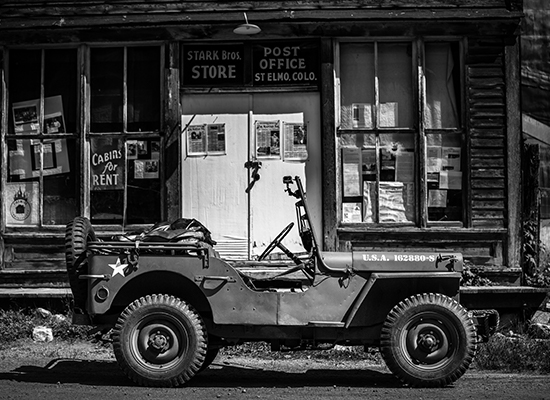
Like AMSOIL, Jeep has its roots in the military. The U.S. Army put out a request for proposal in 1940 for a general-purpose vehicle that was small, lightweight, had four-wheel drive and could carry a light machine gun. American Bantam* and Willys-Overland* both stepped up with design proposals. While the Army began testing those prototypes, they also reopened the door to other automakers, notably Ford* with its massive production capacity.
The final jeep design was a mashup of the best from each proposal: The Bantam Spicer*-sourced four-wheel transmission and differential was mated with the Willys Go-Devil* engine and fitted with the bodywork configuration of the Ford Model GP.*
From fewer than 100 jeeps in 1940, almost 8,500 were built in 1941 in three different versions by Bantam (BRC-40), Willys (MA) and Ford (GP). Willys struggled to reduce the weight of the MA prototype to the U.S. Army specification of 2,160 pounds, coming in about 400 pounds over. But after rigorous testing, Willys was awarded the contract in July 1941 with an initial order of 16,000 MBs at a unit price of $738.74. Today, the MA is the rarest of all pre-production Willys, with only about 30 known in existence.
The simple and tough jeep was an essential tool that helped win the war. The MB rendered other military vehicles obsolete, including horses and motorcycles with sidecars. Not only did they have more capability and versatility than other light vehicles, they could also be modified for other duties, such as battlefield ambulance work, snow plowing, desert patrols, firefighting and more. They were burly enough to go almost anywhere and light enough to be picked up and moved by GIs when they were really stuck.
Civilian Life | 1945
The CJ was the first post-WWII Jeep-brand vehicle. The target market for Willys-Overland was the 5.5 million farmers in the U.S. The CJ could do the job of two draft horses at a speed of four miles per hour for 10 hours a day. Farm implements and industrial tools were fitted with power from a PTO. Jeeps became the platform for hundreds of applications, including the Zamboni* ice resurfacing machine.
The debut of the 463 Jeep Station Wagon in July 1946 marked the first all-steel station wagon and the forerunner of the Grand Cherokee* (vehicle code WK).
Rise of Off-Road Recreation | 1950s
The 1950s were marked by engineering milestones, and the off-road Jeep enthusiast began to emerge. The M38, popularized in the TV show M*A*S*H, served in the Korean War. It was essentially a combat-ready version of the CJ-3A with a stronger frame and suspension and it could even be driven under water.
Willys updated its CJ line in 1953 with more horsepower, capability and comfort. Component upgrades with the 81-inch wheelbase helped feed interest in off-road vehicles. The CJ-5 had a production run of 30 years, the longest for any Jeep-brand vehicle. The CJ-6 is basically a CJ-5 with a longer wheelbase (101 inches); it’s prized by collectors.
Wagoneer* and Commando* | 1960s

The Jeep Wagoneer ushered in an era of off-road-capable vehicles with luxurious interiors. It was the first 4×4 vehicle with an automatic transmission, independent suspension, overhead-cam six-cylinder truck engine and automatic full-time 4×4 system.
The SJ line of vehicles included the Wagoneer, early Cherokee* models and Gladiator* and J-Series* trucks. The SJ line was in production for more than 28 years.
The release of the Super Wagoneer* in 1965 upped the arms race for power and luxury and helped pave the way for the modern SUV. The Super Wagoneer carried a $5,943 price tag – almost double that of the base Wagoneer.
With recreational off-roading on the rise, the Jeepster Commando* stepped in to compete with the Bronco* and Land Cruiser.* The Jeepster Commando (C-101) was built on a CJ-6 chassis and used the “Dauntless” V6 engine.
The AMC* Years | 1970s
By the 1970s, 4x4s were becoming quite popular and Kaiser* sold the Jeep brand to American Motors* (AMC) in 1970 for $75 million.
The Quadra-Trac* 4×4 System was released in 1972 as the first automatic full-time four-wheel-drive system. AMC brought back the Cherokee as a sporty, two-door version of the Wagoneer with featured bucket seats and sports steering wheel.
In 1976, AMC introduced the CJ-7 with a slightly longer wheelbase than the CJ-5 to allow space for an automatic transmission. The CJ-7 featured squared-off door openings compared to the CJ-5, which is a quick way to tell them apart. For the first time, the CJ-7 offered an optional molded plastic top and steel doors.
In 1978, Mark A. Smith, who is widely known as the father of modern overlanding, made history by leading a group of 13 explorers from Tierra del Fuego, Chile to Prudhoe Bay, Alaska using Jeep CJ-7s. The 21,000-mile route took 122 days to complete. AMSOIL was a part of the epic journey as AMSOIL synthetic lubricants were used to help ensure reliability and longevity of the Jeeps.
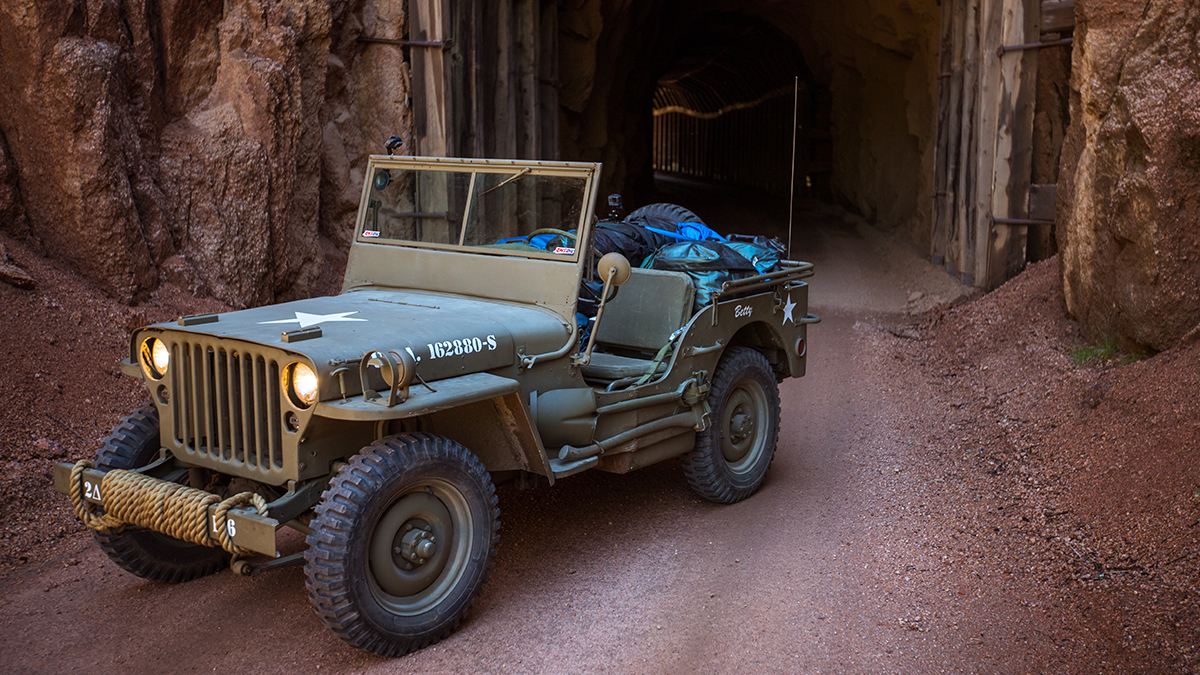


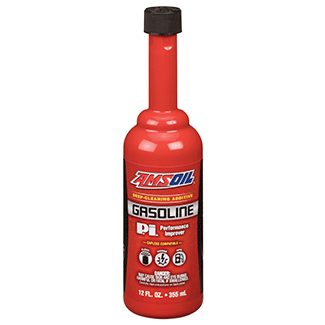
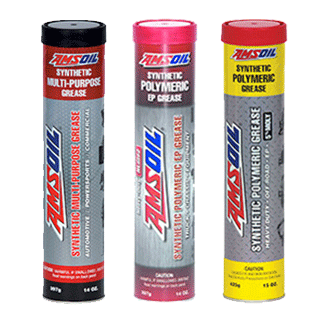



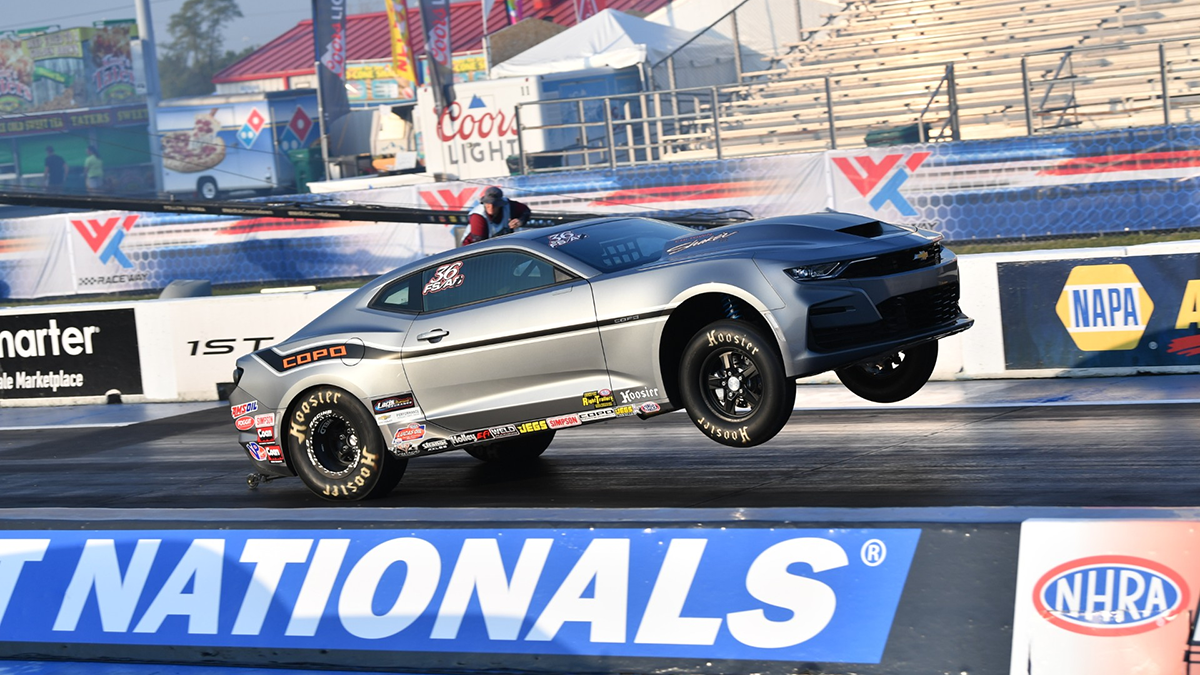
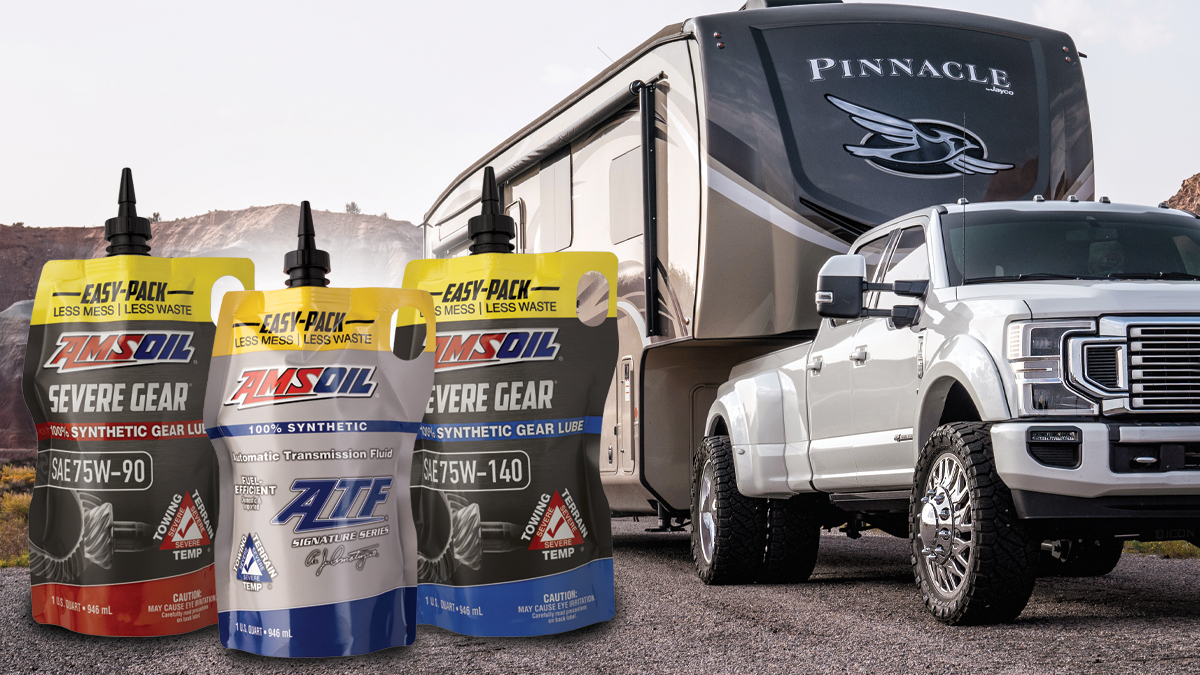
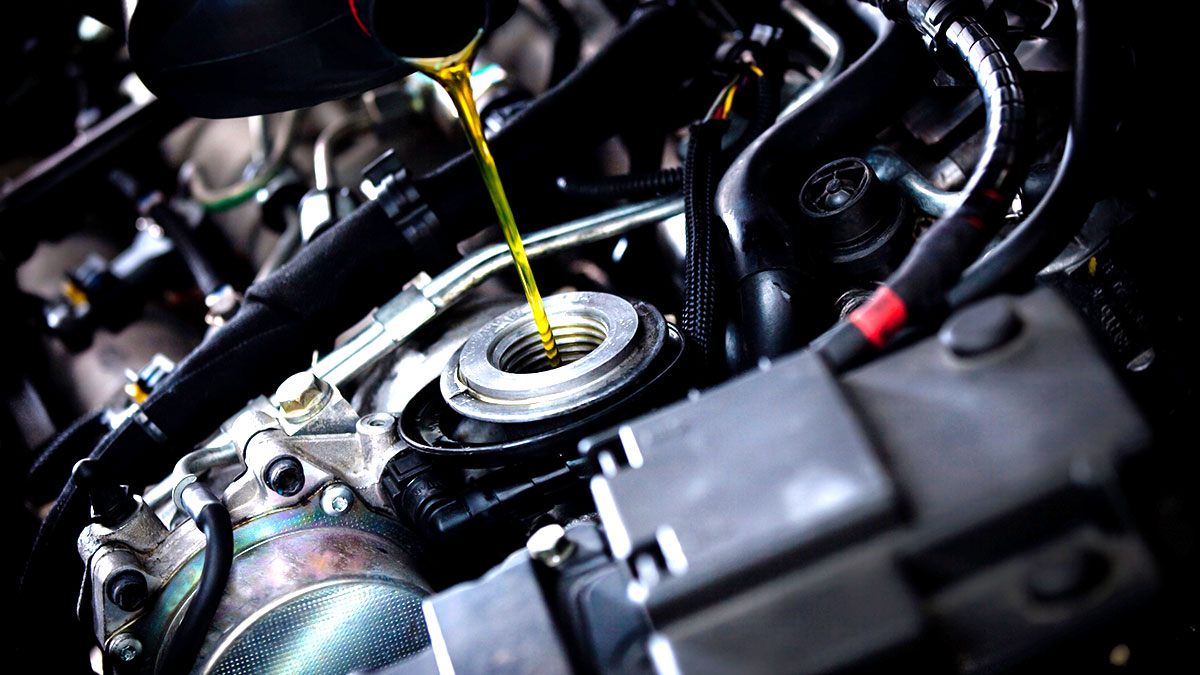
Comments
Brad Nelson is a staff writer for AMSOIL. Outside of work he enjoys family adventures, wilderness exploration and riding/wrenching on vintage metric motorcycles.
Share: